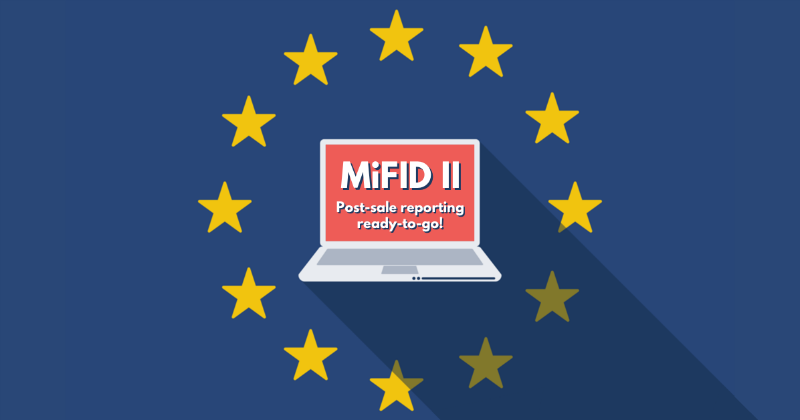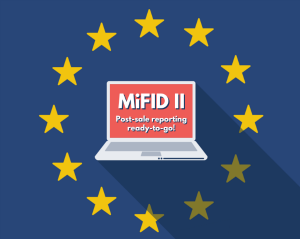With less than 6 months until MiFID II, many firms are concerned they have left their solutions too late, or solutions will take too long to implement. With Opus Nebula’s Reporting as a Service solution for MiFID II Post-sale reporting there is still time to provide rapid and efficient solutions to meet new MiFID II reporting requirements. We have fixed set-up costs, a pay per use model, and can have you up and running in less than 3 months from first contact. We can show you how this works and propose a full costed solution in a matter of days.

Summary of regulatory requirements:
Reporting on the portfolio depreciation in excess of 10%
Firms are required to inform their clients when the overall value of their portfolio, as evaluated at the beginning of each reporting period, depreciates by 10% and thereafter at multiples of 10%. ESMA clarifies that this does not require to have systems in place to value the portfolio on an ongoing basis but means that a firm is obliged to value the overall portfolio at the beginning of the reporting period and, at least, once each day.
Firms could, as an example, use a single day valuation point, at say 06.00 hours after any overnight updates and reconciliation are complete, and identify at that time whether the depreciation threshold has been exceeded. When the threshold is exceeded the firm would inform the client by the end of that business day. Adopting one fixed valuation point for each day would also avoid multiple reports being triggered during volatile market periods.
The single-point approach also applies to positions in leveraged financial instruments or contingent liability transactions. It applies on an instrument-by-instrument basis, unless otherwise agreed, and must take place no later than the end of the day in which the threshold is exceeded. Considering that there is no explanation of what a “leveraged financial instrument” is, firms should conclude that when a financial instrument has the potential of magnifying an investor’s exposure to an underlying risk then this will result in the instrument being a leveraged financial instrument.
ESMA also clarifies the treatment of cash withdrawals indicating that, until a new periodic statement is provided, the 10% threshold should be calculated after adding back the amounts withdrawn into the value of the remaining portfolio.
MiFID II is effective 3rd January 2018.
To find out more about Reporting as a Service and how it benefits Wealth and Asset Management firms please visit our website at www.opus-nebula.com and email [email protected] to arrange a meeting and see a live demonstration of the system.
Andrew Sherlock
Opus Nebula

